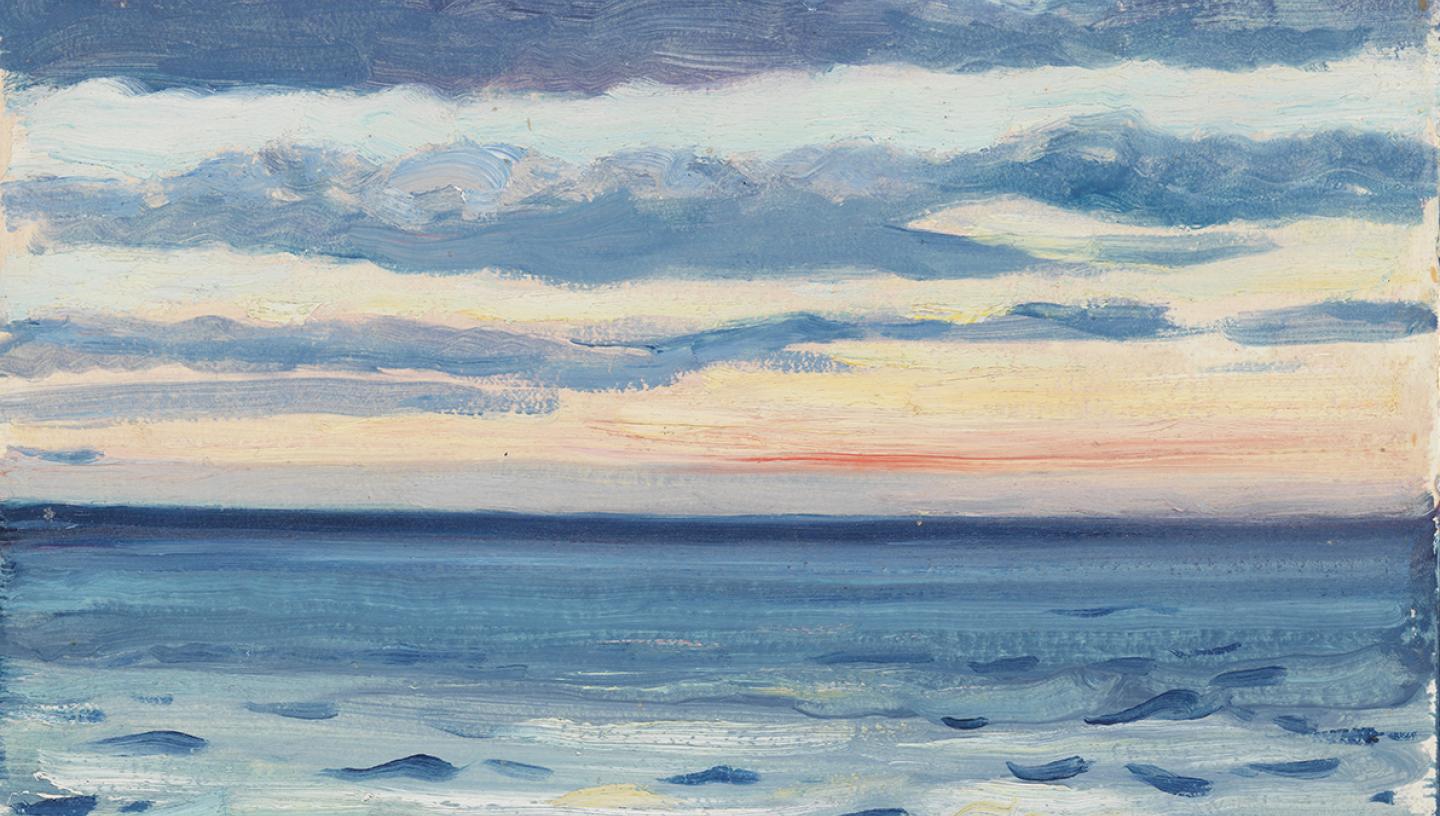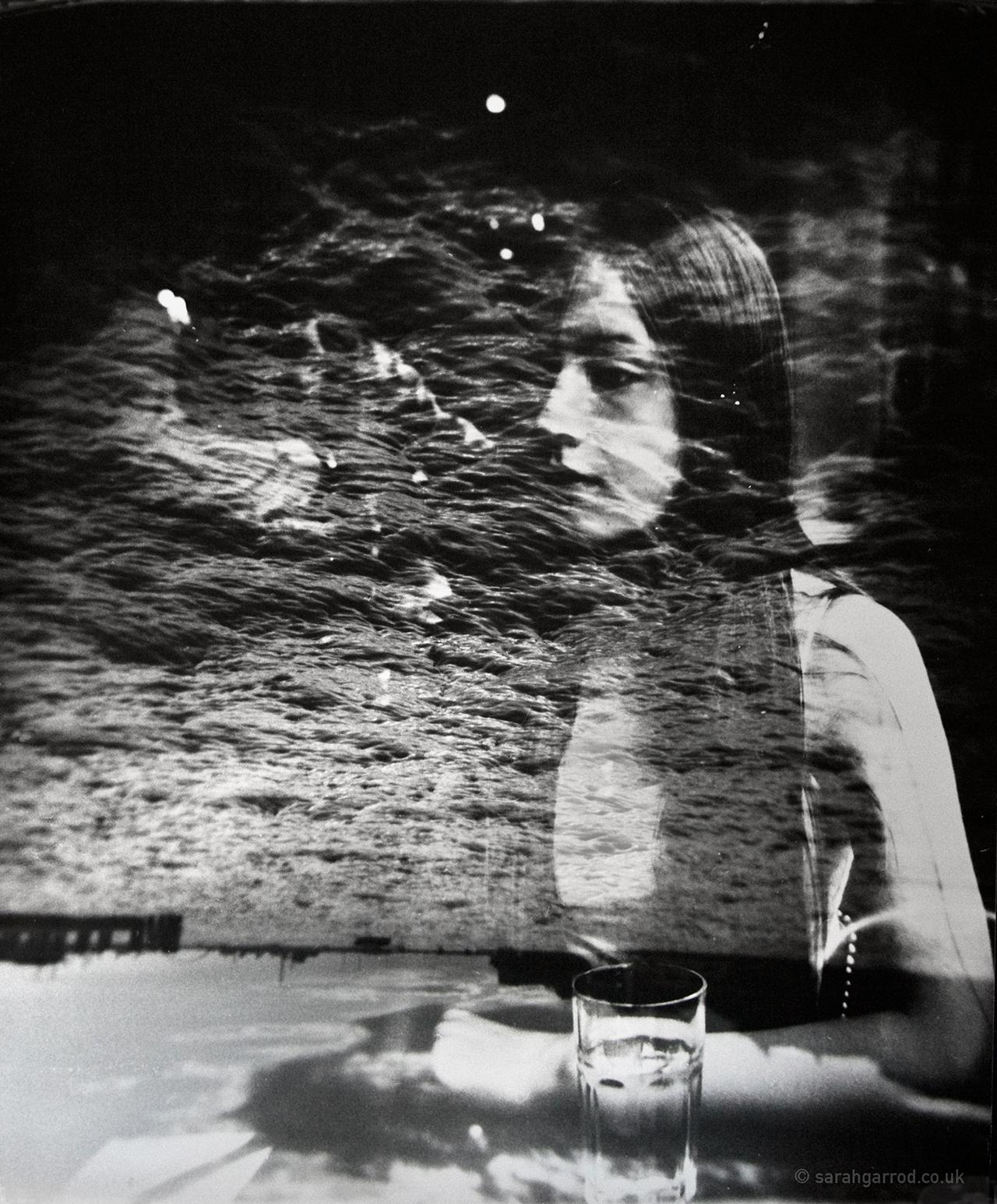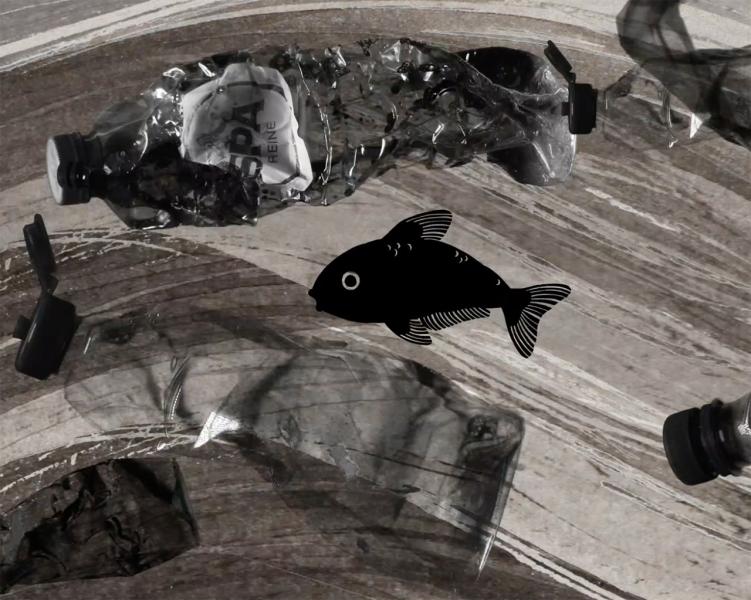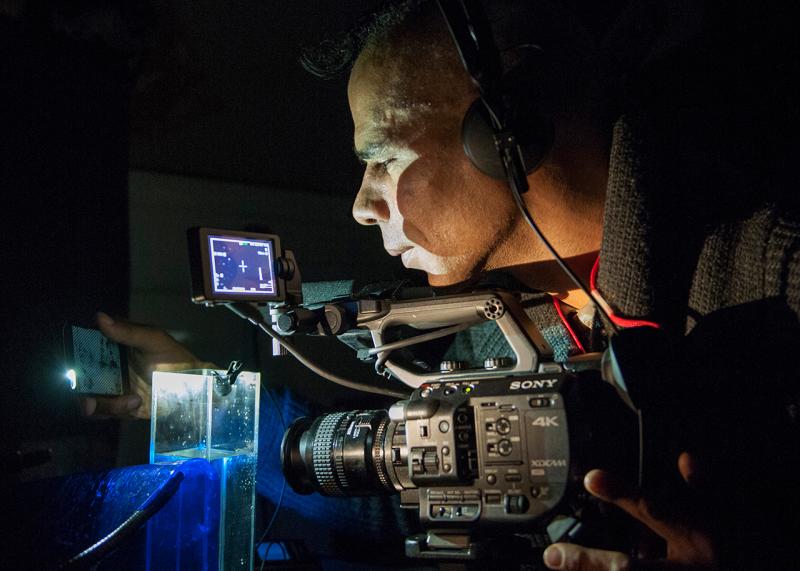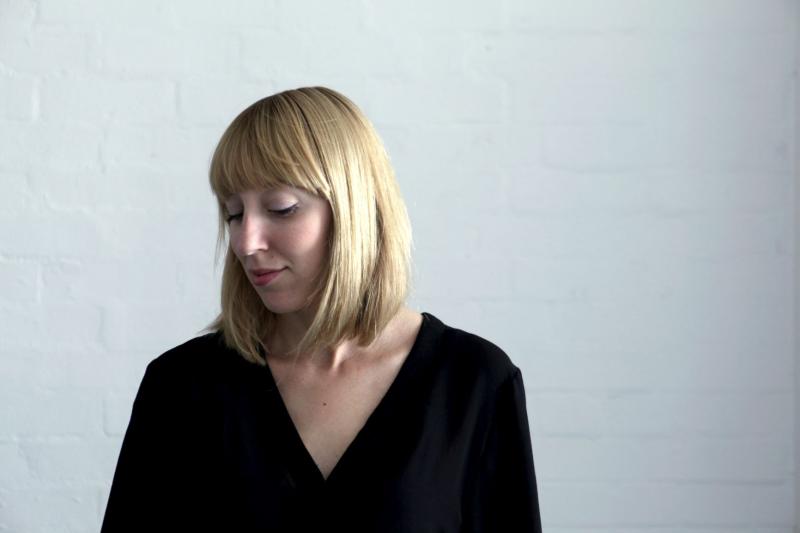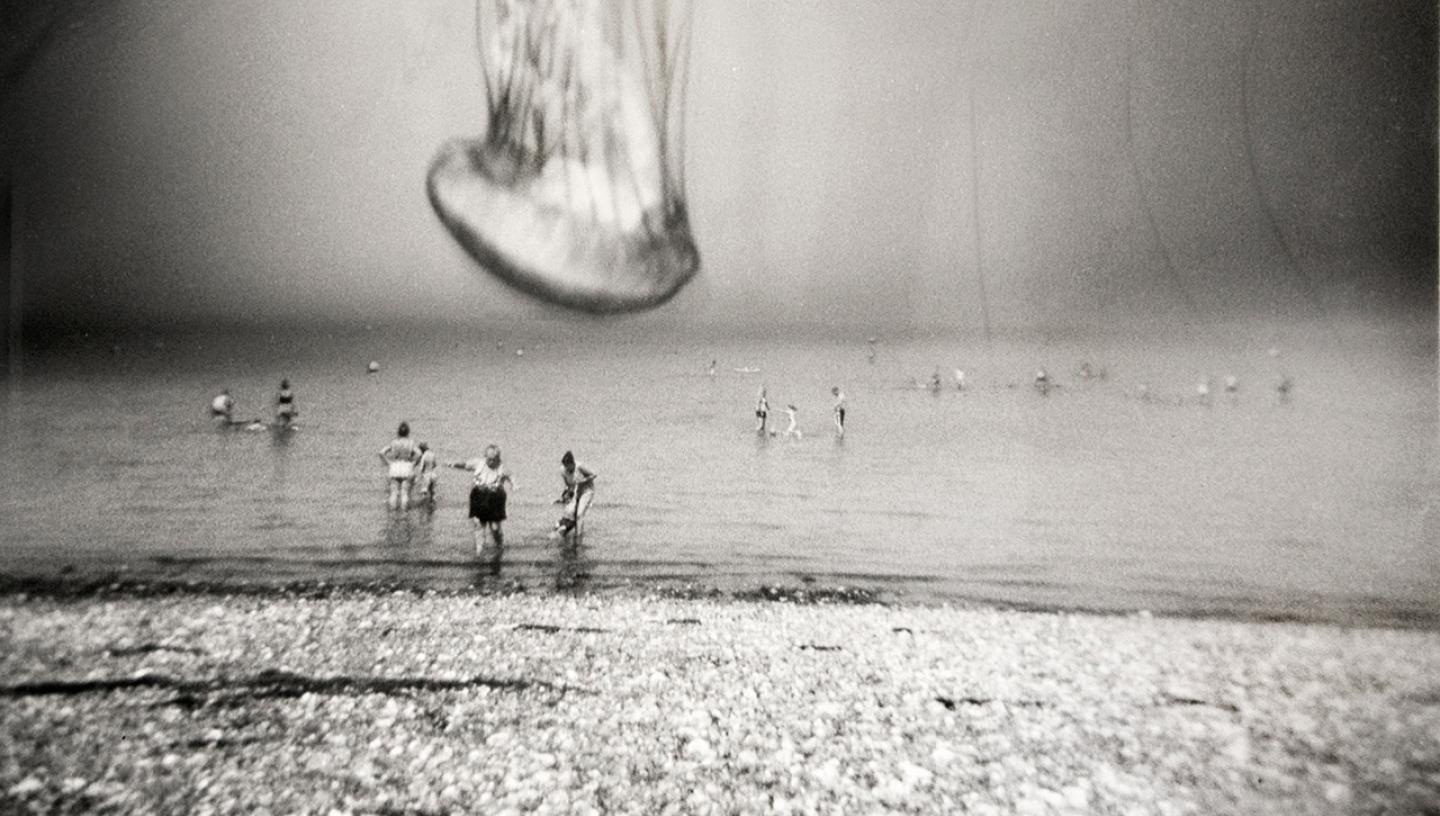
Growing up near the sleepy Suffolk seaside, I perhaps took the sea for granted. Paddling in it, sailing on it, gazing at it and thinking my first existential thoughts.
Years later I was chatting to Spaniards in landlocked Seville, and I was amazed that some of them had never seen the sea before. I tried to describe it — impossible.
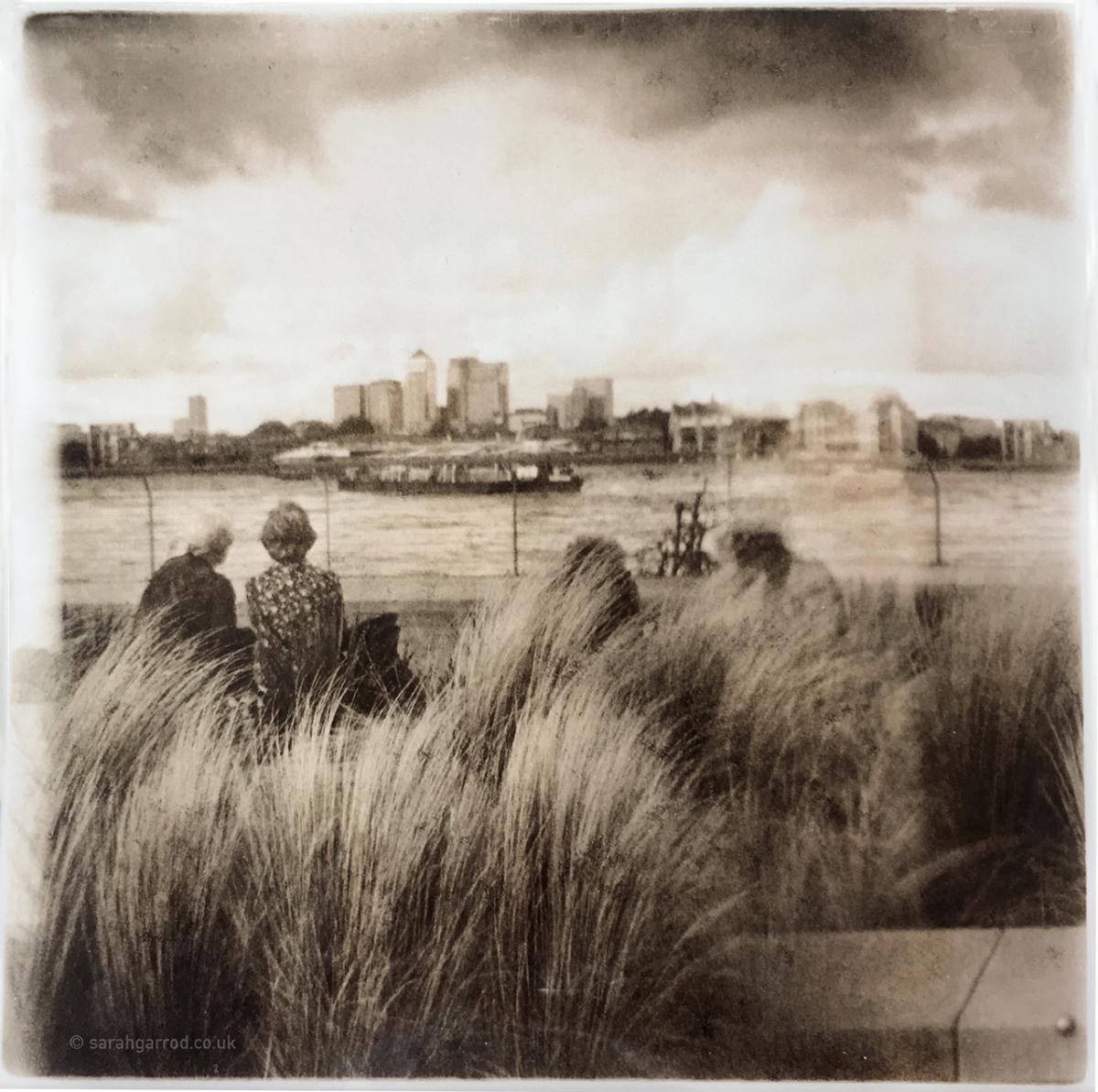
Like many before me, I chose to settle in London because of the Thames.
I can sit on the riverbank in Greenwich with my back to the engulfing riverside tower blocks, breathe in the cleansing air and have those same existential feelings.
And now is a good time to have them.
As the sea levels rise, the very existence of communities around the world is threatened. The Thames could reclaim its ancient floodplains, flattening out the snake-like shape into a wide band.
On the Greenwich Peninsula I hear mermaids. They are struggling in plastic pollution; they come to warn us about the rising waters.
The seas may be biting back, but I find hope for the future, in examples such as the algal blooms that sprung up in the ocean as a result of the ash falling from Australian wild fires. These blooms partially captured the carbon dioxide released from the fires.
I followed a minke whale down the Thames with my camera from Woolwich to Battersea. I didn't get the shot, and the whale didn't survive.
As I splosh around with my wet process photography in the darkroom, I am harnessing some of that watery magic in my trays.
Water has a flow to it that straddles time and space. It is infinitely malleable; my ideas flow directly onto the paper. pH value and temperature control are crucial, as in our oceans. I have no such bond with digital prints.
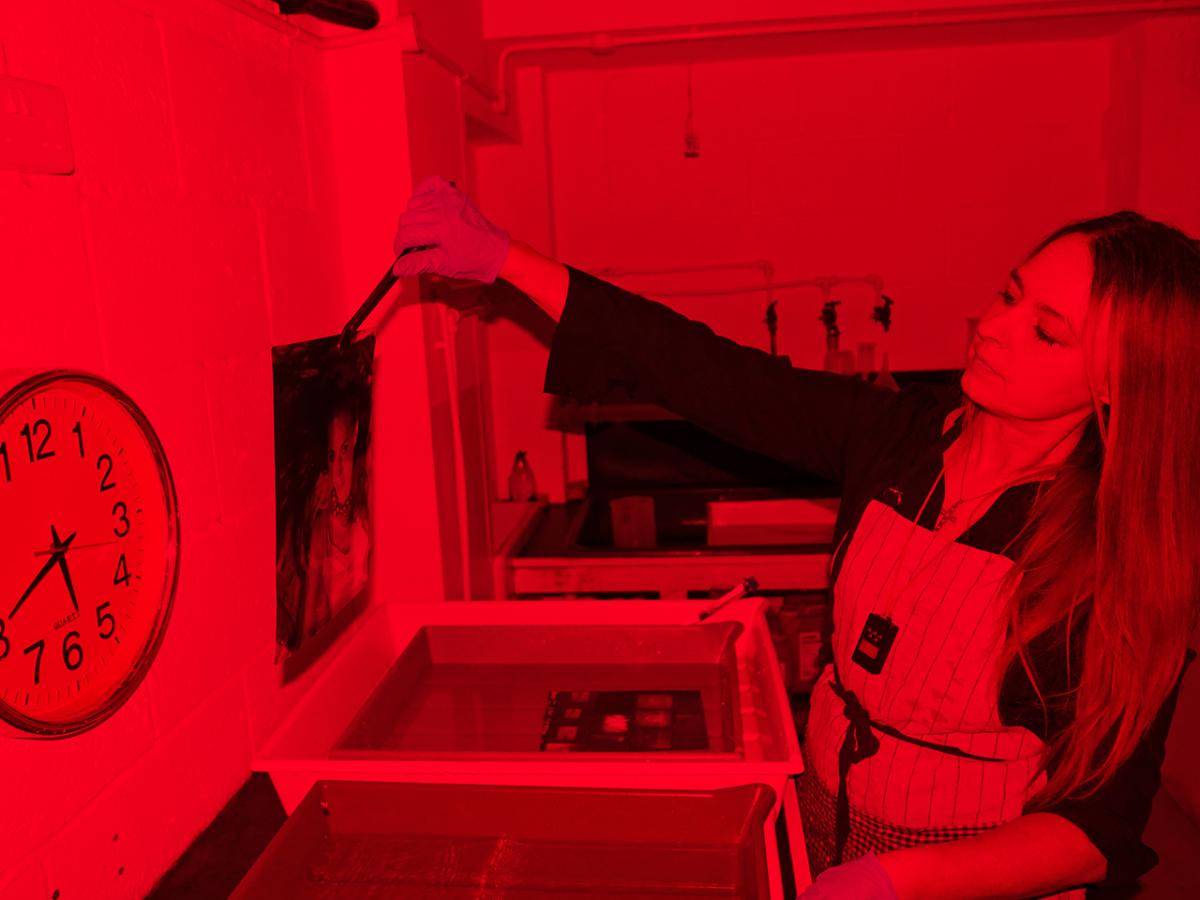
Sarah Garrod is an artist and photographer.
Learn more more about her work via her website, and find her on Instagram at @sarahG.Photog.
